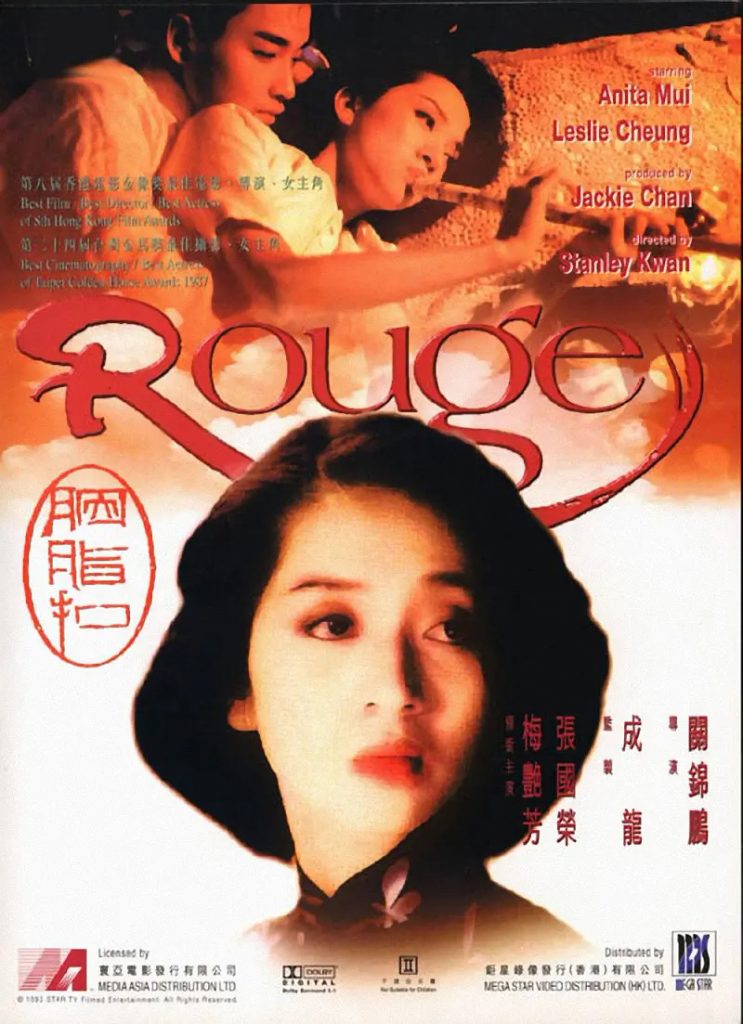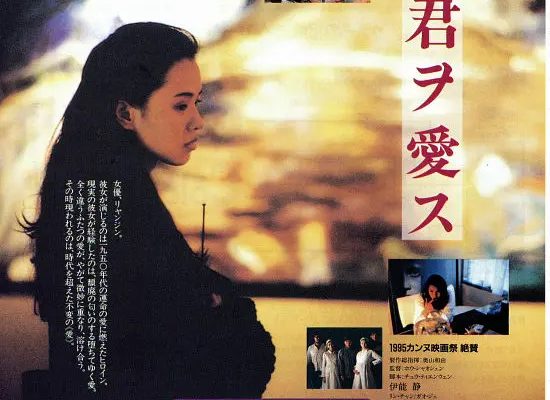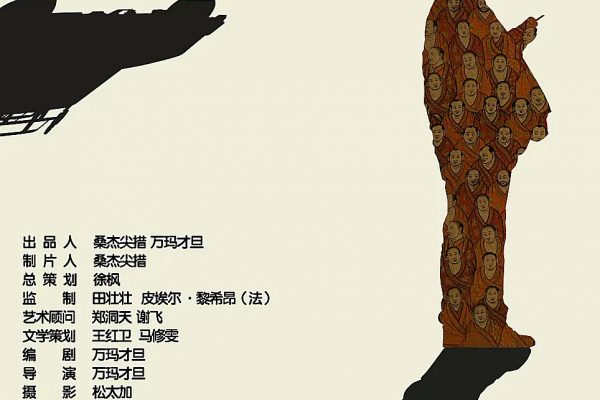
Bergson, on the one hand, argues that the illusion of an instantaneous present occlude the very real survival of the past, and hence, the truly heterogeneous character of duration. Chakrabarty, on the other hand, reveals that the charge of anachronism- the claim that something out of kilter with the present really belongs to a superseded past-is a gesture of temporal exclusion. (Lim,15)
According to Lim, Deleuze believes that the past is contemporaneous with the present that it has been, while Chakrabarty argues that the elderly mode of being is never entirely surmounted. Lim elaborates the depth of time in intro part with two different time modes, it makes me think about the different method of embodiment in Good men, Good women and Rouge, could these two movies be the perfect examples for those two time modes or the intertwining of them? ( I don’t have an answer, maybe I will address it in a longer article, say, final.)Instead of looking for the ghost or study the history of Taiwan, the ghost of Chiang comes into Liang and enters her actress’s body, while in Fleur’s case, even has been turned into a ghost, she crosses the boundary between past and present, and embodied herself in a time and space she does not belong to.
Also, the gestural movements of those two movies are different. Hou does not tell a linear story, he uses color parts and black and white parts to distinguish the present and past. Rouge uses repetitively the word “down” and “up”, which sometimes represents Hongkong and Mainland China, sometimes represents the hell, and the real world. This “down” and “up” is presented as a gesture within the diegesis of the story too: when Chan-Pang orders a customized bed for fleur and lift it to Fleur’s bedroom upstairs, it represents also the epic moment of their relation, the rest of the story is all the way down to the death of those two characters. when Fleur tries to meet Chan-pang at the old location of the brothel 50 years later, she matches slowly up in the slope, which rose the hope of the audiences in meantime.
It is only when this gesture migrated and returns in “another“ body that
generalized misery and comes into focus as grief.(Stern,203)This happens when Ah Chor finds out as a modern woman she will never have a heroic gesture like Fleur. In GMGW, the pathos of Liang/Chiang is embroiled and put in the movie-making process, making the film as the exorcist ritual.
Somewhere close to the end of Rouge, the action movie star Hung is asked to be both heroic and ghostly in the acting, when Fleur goes to the shooting scene to look for Chan-Pang. The director makes Hung and Fleur come across with each other deliberately in one of those shots. For the trapped woman like Fleur, the only heroic thing to do is to kill her lover and herself, and dreams about happiness in another world. Through the film Rouge, Kuan is trying to find out the origin and conundrum of female in tradition (or Hongkong in the colonial history), while Hou’s film is ruminations on the loss of Taiwan’s histories and the identity as Taiwanese. They take different gestrual movement in storytelling and their melancholic politics dissonates and resonates with each other.
Lesley Stern. “Ghosting: The Performance and Migration of Cinematic Gesture, Focusing on Hou Hsiao-Hsien’s Good Men, Good Women. Gestures of Migration, Eds. Carrie Noland and Sally Ann Ness, 185-215. Minneapolis: University of Minnesota Press, 2008.




